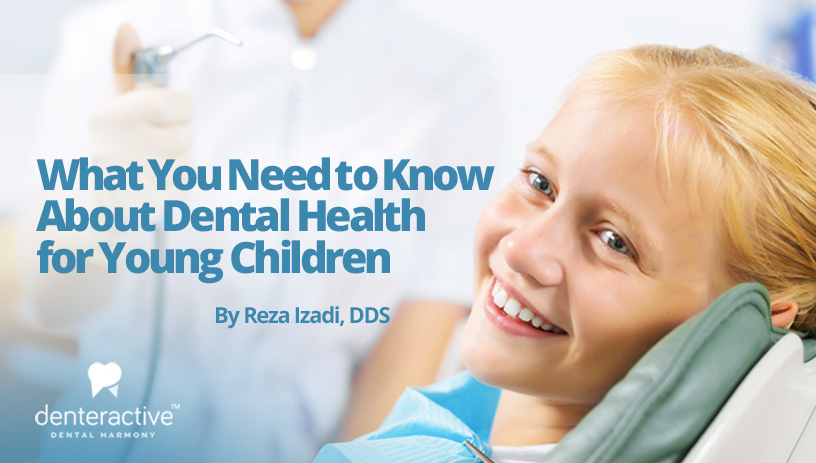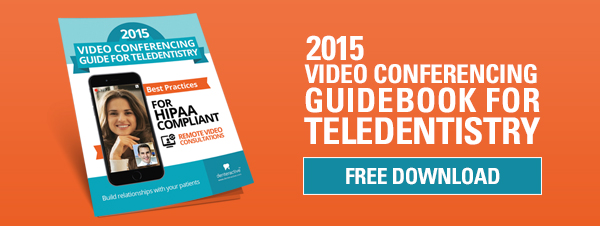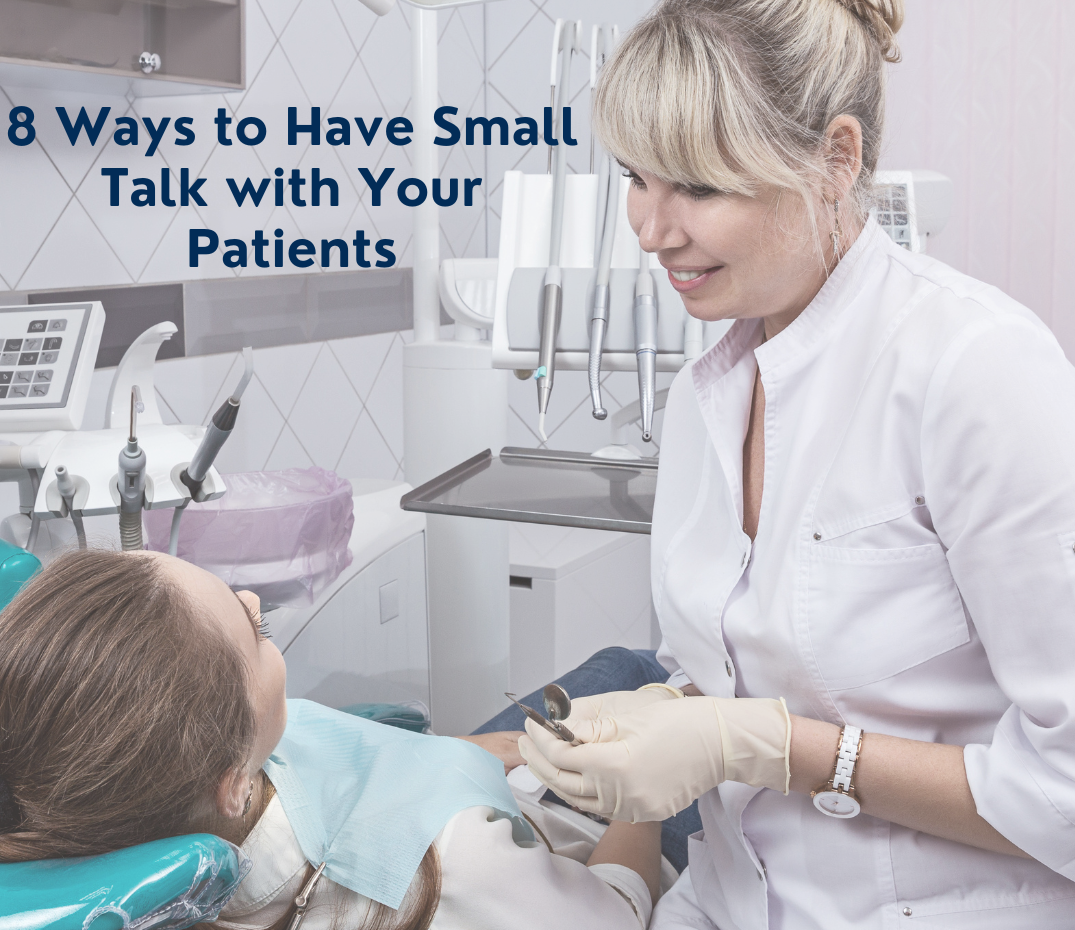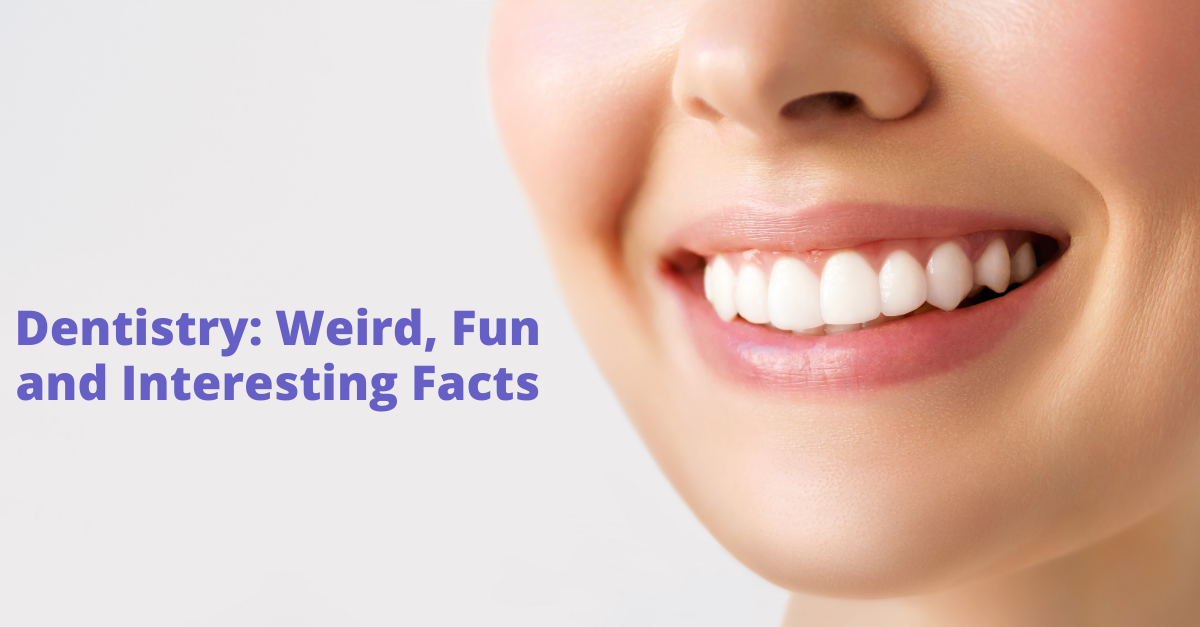What You Need to Know About Dental Health for Young Children

Tooth decay is an epidemic among young children. About a quarter of preschoolers have cavities and 55% of those are just in kindergarten! It’s the most common disease of childhood and can potentially interfere with the ability to eat, sleep, speak properly, learn, or pay attention in school.
Getting kids from an early age to develop good dental care habits not only will save them pain and your pocketbook, it will put them on a healthy path for life. Few parents realize that poor oral health has been linked to everything from heart disease to diabetes in adulthood; so, it’s crucial to start early!
“The most important thing that new parents should know is that they should bring in their children to a pediatric dentist at age one, or six months after the first tooth has erupted” says Fariborz Rodef, D.D.S., a member of Denteractive and owner of the Children’s Dental Fun Zone in West Los Angeles, Eagle Rock, Montebello, West Covina, and Fontana. “The first visit mainly includes an examination of the teeth and gums and instructions on how to brush and keep the young mouth free of germs. Patients could begin to develop tooth decay as early as when the teeth erupt. This could be due to lack of hygiene, putting kids to bed with a bottle, or even the transfer of bacteria to the child’s mouth from the main care taker. Therefore, it’s very important for parents to discuss with their dentist and become familiar and educated on how to prevent tooth decay for their children”. According to the American Academy of Pediatric Dentistry, children should have routine dental visits and cleanings every six months, and routine x-rays every six to twelve months based on their cavity rate.
A study reported in Pediatrics showed that children who saw a dentist by age one had 40% lower dental costs in their first five years of life than those who didn’t.
Some important tips for parents:
- Clean pacifiers carefully and don’t share spoons or cups, which can transfer bacteria.
- You can “brush” with infant tooth wipes even before the first tooth erupts.
- After breakfast, lunch, and dinner, use a soft-bristle kids’ toothbrush and tilt the bristles towards the tooth at a 45 degree angle moving it gently in circles over every surface of the tooth and at the same time massaging the gums (30 seconds on each quadrant when they have a full set).
- Use fluoride toothpaste once the child knows how to spit well, usually after the age of two. You should use less than a pea size amount of toothpaste to brush teeth from ages 2-5; and, pea size amount of toothpaste once the child is five.
- Flossing is important for young children as well, especially since most cavities in children start between their teeth. Therefore, flossing can help prevent cavities.
- It is also important for children to be evaluated by their dentists for tooth spacing, crowding, impactions, missing teeth and jaw relationships; and, how teeth come together in a normal bite (occlusion). If caught early, most misalignments and space discrepancies in teeth and jaws can be corrected with preventative orthodontics or what dentists call, Phase I treatment. This will definitely help reduce the need for future jaw surgery; and, save parents and children time and money when it comes to conventional treatment, or phase II orthodontia, in teenage years.
Check out other articles on family dental care at www.denteractive.com, where you can use our tools to talk to a dentist by live video, text questions, or schedule an appointment online.




